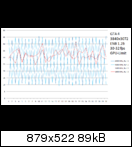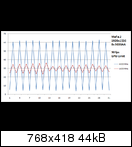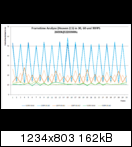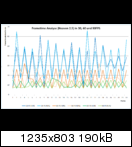boxleitnerb
Regular
Obviously this is a different scene as the fps are quite different. A "game" consists of many scenes where limits may change on a moments notice. Another thing that this review lacks: Information. What was benched, how?
Btw, at these fps, microstutter is almost irrelevant anyway, especially if you don't like tearing and play with vsync on. 40-80 would be the range where it really matters in my opinion.
Btw, at these fps, microstutter is almost irrelevant anyway, especially if you don't like tearing and play with vsync on. 40-80 would be the range where it really matters in my opinion.





